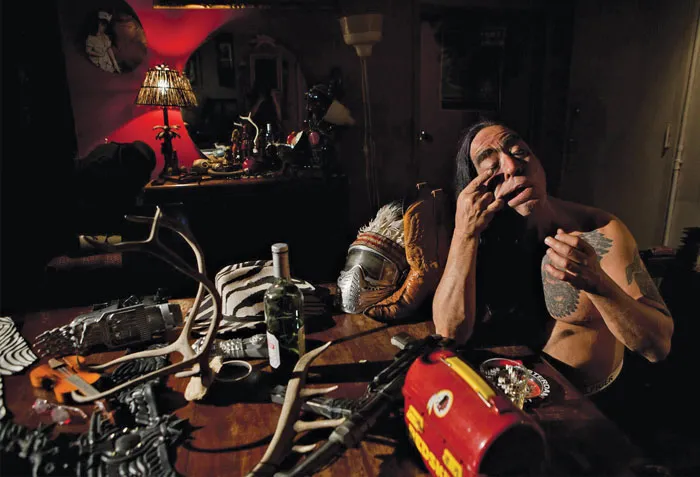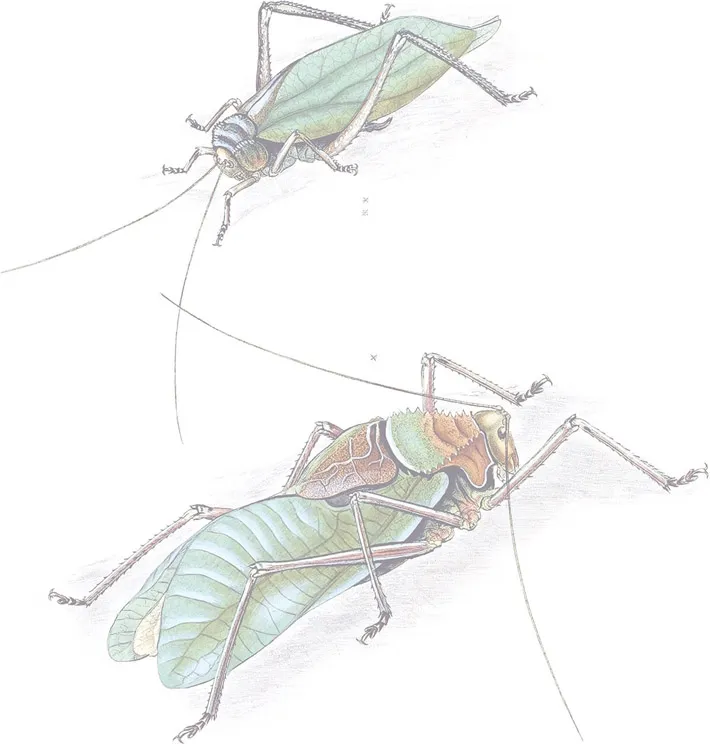
Gómez-Peña Unplugged
Texts on Live Art, Social Practice and Imaginary Activism (2008–2020)
Guillermo Gómez-Peña, Emma Tramposch, Balitrónica Gómez, Emma Tramposch, Balitrónica Gómez
- 354 páginas
- English
- ePUB (apto para móviles)
- Disponible en iOS y Android
Gómez-Peña Unplugged
Texts on Live Art, Social Practice and Imaginary Activism (2008–2020)
Guillermo Gómez-Peña, Emma Tramposch, Balitrónica Gómez, Emma Tramposch, Balitrónica Gómez
Información del libro
Gómez-Peña Unplugged is an anthology of recent and rewritten classic writings from Guillermo Gómez-Peña, a figure who stands alone as unique and ground-breaking in the history of performance art and as the artistic director of transdisciplinary performance troupe La Pocha Nostra.
Throughout this collection, Gómez-Peña tackles literature, theory, pedagogy, activism and live art in an eclectic mix that demonstrates how the process of writing is simultaneously a performative exercise in embodied language. The writing stands as a call for action, utilizing what Gómez-Peña terms "imaginary activism" and "radical citizenship"; it invites the reader to embrace a borderless, polygendered, crossgenerational and race-literate ethos. This timely anthology comes straight from the heart of a troubled Trump-era United States and a crime cartel–ridden Mexico. Artists and writers are prompted to engage in radical performance pedagogy within the civic realm and to think of themselves as public intellectuals and "artivists" participating in the great debates of our times.
By encouraging emerging artists and writers to wildly imagine their practice beyond the normative art world and academia, this book is a fundamental read for scholars and students of performance art, political theatre, cultural studies, literature, poetry, activism and race and gender politics.
Performance Art, Live or Time-Based Art, Cultural Studies, Experimental Poetry, Multiculturalism, Social Practice, Chicano/Latino/Border Art & Literature, Relational Aesthetics, Public Art, Artivism, Activism, Psychomagic Ritual, Literary Studies, Anthropology, Sociology, Ethnic & Gender Studies, Queer & Women Studies, Post-Colonial Theory, Techno-Art, Cyborgian Studies, Exoticized & Fetishized Identities, Deconstruction Stereotypes & Binaries, Anti-Essentialism, Anti-Nationalism, Radical Citizenship, Anti-Racism, Race & Gender Literacy
Preguntas frecuentes
Información
CHAPTER 1
Performance art vs. the “art world”
Introduction

An irreverent prayer/toast to cleanse this space
Dwelling in unnecessary wounds


In defense of performance

- –“A bunch of weirdos who love to get naked and scream about leftist politics.”
- (Yuppie in a bar)
- –“Performance artists are … bad actors.” (A “good” actor)
- –“You mean, those decadent and elitist liberals who hide behind the art thing to beg for government money?” (Conservative politician)
- –“It’s … just … very, very cool stuff. Makes you … think and shit.” (My slacker nephew)
- –“Performance is both the antithesis of and the antidote to high culture.” (Performance Artist)
- –“I’ll answer you with a joke: What do you get when you mix a comedian with a performance artist? … A joke that no one understands.”
- (My godfather Rene)
The cartography of performance
I. The map
- *1. The history of performance art has been largely written from the ethnocentric perspective of the European and “American” (as in US) avant-garde and does not acknowledge other histories of indigenous and ritual performance. In the Americas, pre-Columbian performance practices may have more to do with the history of performance art than with theater, but this is a territory I am not trained to defend.